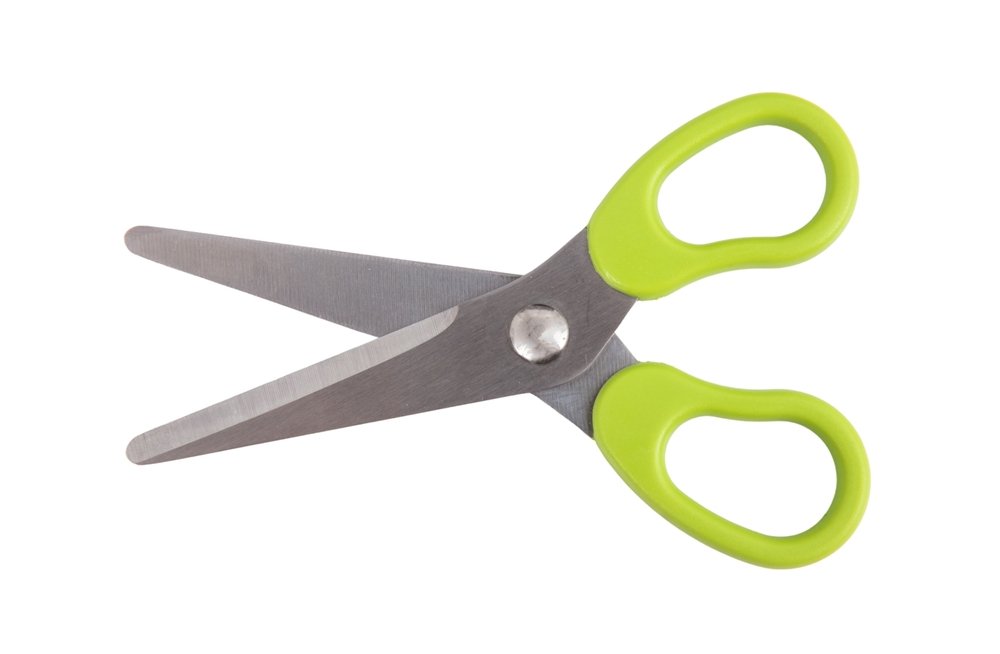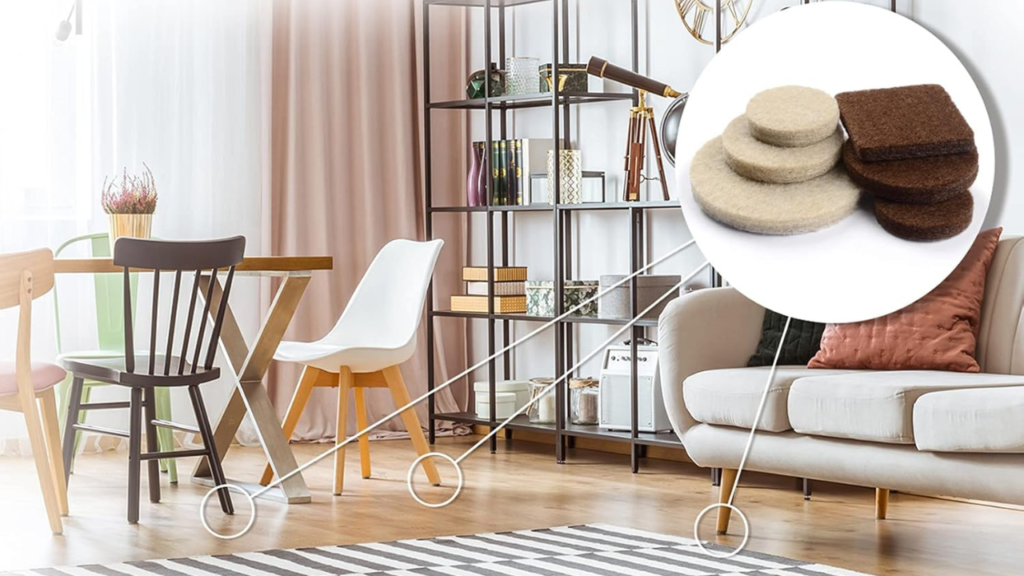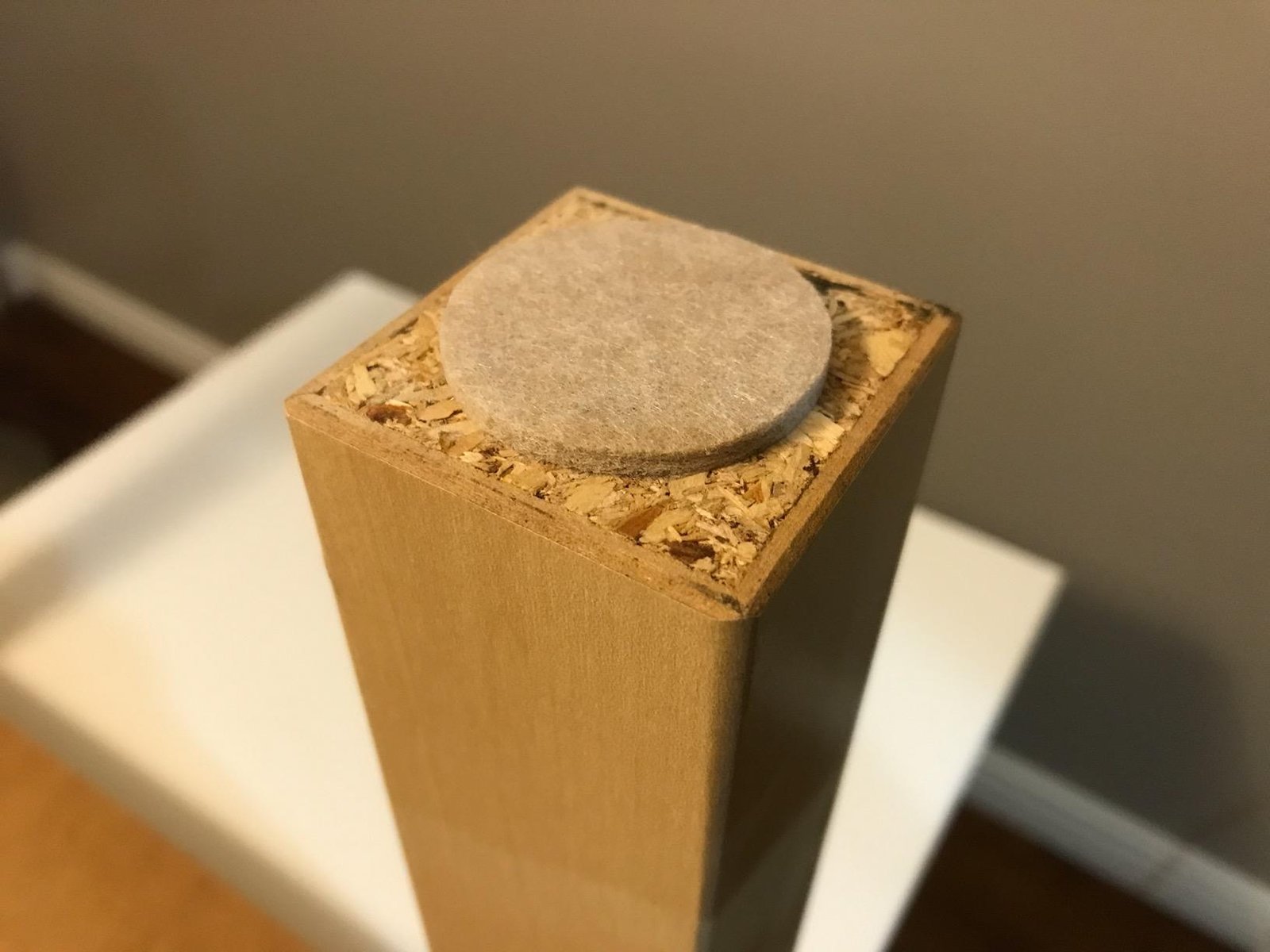A practical how-to for applying felt pads to furniture to ensure adequate protection.
Installing felt pads on furniture feet is crucial in protecting your wood floors from unsightly damage. These pads act as a barrier, allowing furniture to glide smoothly across the floor without causing friction that can lead to scratches or dents. Whether it’s a heavy dining table, a sofa, or a set of chairs, felt pads can make a significant difference in maintaining the look and feel of your wood flooring. Not only do they safeguard the surface of your floors, but they also reduce noise when moving furniture, creating a more peaceful living environment.
This comprehensive guide will explore everything you need to know about installing felt pads for wood floors. We’ll discuss the different types of felt pads available and the tools and materials required for installation and provide a detailed, step-by-step process to ensure you do it right. By the end of this guide, you’ll be equipped with the knowledge needed to protect your investment effectively, keeping your wood floors looking their best for years to come.

1. Understanding the Importance of Felt Pads
Wood floors are susceptible to scratches, scuffs, and dents caused by furniture movement, especially if the furniture is heavy or constantly repositioned. The friction between the furniture legs and the floor can cause permanent damage without any protection. Felt pads serve as a buffer, reducing friction and allowing furniture to glide more smoothly over the wood floor. Here are some key benefits:
- Protects Floor Finish: Felt pads prevent scratches, maintaining the polished or stained finish of the wood.
- Reduces Noise: Moving furniture with felt pads is quieter, eliminating harsh sounds of wood or metal scraping the floor.
- Improves Furniture Mobility: It makes it easier to rearrange furniture without lifting it, including significantly more oversized items like sofas, beds, or dressers.
- Prevents Wear and Tear on Furniture Legs: Protects furniture legs from splintering or chipping over time.
2. Types of Felt Pads
Felt pads come in various types, sizes, and thicknesses, each suitable for furniture and floor protection. Here are the common types:
1. Self-Adhesive Felt Pads
These are the most popular types of felt pads. Self-adhesive pads are easy to install, with an adhesive backing that sticks to the furniture legs. They come in various shapes, colors, and thicknesses, making them versatile for multiple furniture types.

2. Tap-In Felt Pads
Tap-in pads, also known as nail-on pads, are designed to be more secure. They have a small nail that attaches the felt Pad to the furniture leg, providing a long-lasting hold. These are especially useful for heavy furniture that may wear out adhesive-backed pads quickly.

3. Slip-On Felt Pads
Slip-on pads are shaped like small cups and slide over the furniture leg. They are ideal for round or square legs and are less likely to fall off since they fit snugly around the leg.
4. Screw-On Felt Pads
Screw-on pads are similar to tap-in pads but use a small screw instead of a nail. They are durable and can be a good choice for frequently moved furniture. Screw-on pads are best suited for wood or other solid furniture legs.

3. Tools and Materials Needed
To install felt pads on your furniture, you’ll need the following tools and materials:
- Felt Pads (self-adhesive, tap-in, slip-on, or screw-on)
- Cleaning Supplies (mild cleaner, rubbing alcohol, cloth)
- Sandpaper or Emery Board (for smoothing surfaces)
- Hammer or Rubber Mallet (for tap-in pads)
- Screwdriver (for screw-on pads)
- Measuring Tape (optional to measure leg diameter)
- Scissors (for trimming felt pads if necessary)

4. Step-by-Step Installation Guide
Now that we have our tools and materials ready let’s dive into installing felt pads to protect your wood floors step-by-step.
Step 1: Clean and Prep the Furniture Legs
Before attaching the felt pads, ensure each furniture leg’s surface is clean. Dust, dirt, or debris on the surface can prevent the adhesive from sticking effectively and may cause the Pad to fall off over time. Here’s how to prepare the surface:
- Remove Dust and Dirt: Use a damp cloth to wipe down each furniture leg, focusing on the bottom.
- Degrease the Surface: For surfaces with a bit of grime or residue, use rubbing alcohol to remove any oils. This will improve the adhesive’s grip on the furniture leg.
- Smooth Rough Surfaces: If the bottom of the leg is rough, lightly sand it with fine-grit sandpaper. A softer surface helps the adhesive bond better.
Step 2: Select the Appropriate Felt Pad
Choosing the correct type and size of felt Pad for each piece of furniture is essential. Make sure the felt Pad:
- Matches the Size of the Furniture Leg: The Pad should fully cover the bottom of the leg to prevent partial contact with the floor.
- Is Thick Enough for the Weight: Heavier furniture requires thicker felt pads to prevent wear over time.
- Blends with Furniture Color (Optional): Select a color that matches the furniture leg for aesthetic purposes. Standard colors include beige, brown, gray, and black.
Step 3: Attach the Felt Pad
The attachment method will depend on the felt Pad you’re using.
For Self-Adhesive Felt Pads
- Peel Off the Backing: Carefully remove the backing from the adhesive side of the Pad.
- Position the Pad on the Leg: Align the Pad with the center of the furniture leg.
- Press Firmly: Apply pressure for several seconds to ensure a secure bond. Hold the Pad in place to help with the adhesive set.
For Tap-In Felt Pads
- Position the Pad on the bottom of the leg, aligning it carefully.
- Tap It In: Use a hammer or rubber mallet to tap the nail gently into the furniture leg. Avoid hitting too hard, as this could damage the Pad or leg.
For Slip-On Felt Pads
- Choose the Right Size: Measure the furniture leg to ensure the slip-on Pad fits snugly.
- Slide the Pad Onto the Leg: Push it onto the leg, adjusting as necessary to ensure it fits securely.
For Screw-On Felt Pads
- Pre-Drill a Hole (If Necessary): Some furniture legs may require a small pilot hole for the screw.
- Align the Pad and Insert the Screw: Use a screwdriver to attach the Pad firmly.
Step 4: Check Adhesion and Stability
Once the felt pads are installed, test each piece of furniture to ensure the pads are stable and securely attached. Apply slight pressure to check if the Pad stays in place when you lift or tilt the furniture. For adhesive-backed pads, avoid moving the furniture for a few hours to allow the adhesive to cure fully.
Step 5: Routine Maintenance
Felt pads wear out over time, especially with regular furniture movement. To ensure continued protection for your floors:
- Inspect the Pads Regularly: Check every few months to see if the pads are still intact or need replacement.
- Replace Worn-Out Pads: As soon as you notice thinning or detachment, replace the pads to prevent direct contact with the floor.
- Clean the Pads: Dirt and debris can accumulate on the feet, making it less effective. Gently wipe or vacuum the pads occasionally to keep them clean.

5. Additional Tips for Protecting Wood Floors
While felt pads are effective, there are additional steps you can take to protect wood floors and keep them looking pristine.
- Use Area Rugs: To provide extra protection, place area rugs under high-traffic furniture, such as dining tables and couches.
- Lift Instead of Dragging: When moving heavy furniture, lift it instead of dragging it to avoid unnecessary friction and scratches.
- Trim Pet Nails: Pet nails can scratch wood floors, so regular trimming is essential.
- Use Furniture Coasters: For cumbersome furniture, furniture coasters distribute the weight more evenly and reduce indentation risk.
- Regular Floor Maintenance: Sweep or vacuum regularly to remove dirt particles that furniture could ground into the floor.
6. Frequently Asked Questions (FAQs)
Q1: Can I install felt pads on tile or laminate floors?
Yes! Felt pads work on various floor types, including tile, laminate, vinyl, and linoleum. They reduce noise and make moving furniture easier on all floor surfaces.
Q2: How often should I replace felt pads?
This depends on how frequently the furniture is moved and the weight of the furniture. Generally, you should inspect felt pads every few months and replace them if they look worn or start to peel off.
Q3: Do felt pads leave residue on the furniture?
Most high-quality felt pads won’t leave a residue if properly maintained. However, long-term use or low-quality pads may leave some adhesive. To remove residue, use rubbing alcohol and a cloth.
Q4: Are there felt pads for outdoor furniture?
Some manufacturers make felt pads for outdoor furniture, although rubber or plastic pads are typically more durable for outdoor conditions.
Q5: Will felt pads affect the stability of my furniture?
No, felt pads are generally thin and do not impact stability. If they do, check if the Pad is uneven or improperly placed.
7. Conclusion
In conclusion, installing felt pads for wood floors is an essential practice for any homeowner looking to protect their investment and maintain the beauty of their flooring. By taking this simple yet effective step, you can prevent the everyday wear and tear from moving furniture. The protection felt pads offer is invaluable, as they act as a barrier against scratches, dents, and other damage that can detract from the elegance of your wood floors.
Throughout this guide, we’ve explored the various types of felt pads available and provided a detailed step-by-step installation process. Whether you choose self-adhesive pads, tap-in, slip-on, or screw-on options, the key is to select the right type based on your furniture and flooring needs. Ensuring that the pads are securely attached and regularly checked for wear will help prolong the life of your furniture and flooring, giving you peace of mind.
Moreover, the benefits of installing felt pads extend beyond just floor protection. With reduced friction, you’ll notice less noise when moving furniture, contributing to a more tranquil living space. Additionally, protecting your wood floors can enhance the overall aesthetic appeal of your home, making it a more inviting and beautiful environment for both you and your guests.
Investing the time to install felt pads for wood floors is a small investment that yields significant returns regarding floor preservation and maintenance. It allows you to enjoy the natural beauty and warmth of your wood flooring without the constant worry of damage. Regular maintenance checks and timely replacements of worn-out pads will ensure that your floors remain in excellent condition for years.
In summary, safeguarding your wood floors is an achievable goal, and installing felt pads is one of the best strategies. With the knowledge and tools at your disposal, you can easily implement this protective measure and ensure your wood flooring remains stunning and intact. Embrace the elegance of your wood floors and give them the care they deserve with felt pads, allowing them to shine in your home for many years.





